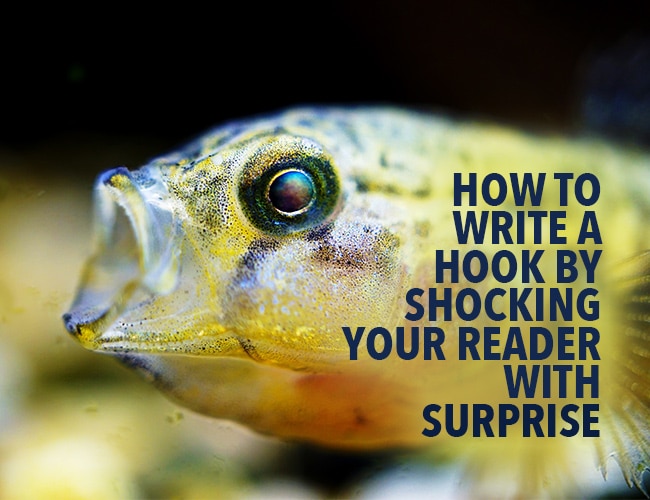
by Joslyn Chase |
In real life, some folks love surprises and others hate them. But one thing is certain—in fiction, you need them to write a book readers can’t put down. One way to deliver is through a narrative hook. But what is a narrative hook and how can you write a hook to captivate readers?
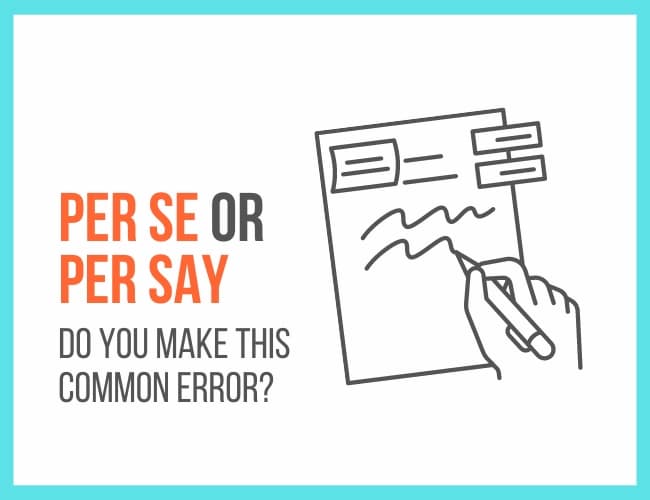
by Liz Bureman |
Sometimes people confuse the latin term per se with per say, especially because they sound identical in everyday speech. Today’s writing tip clears up any confusion.
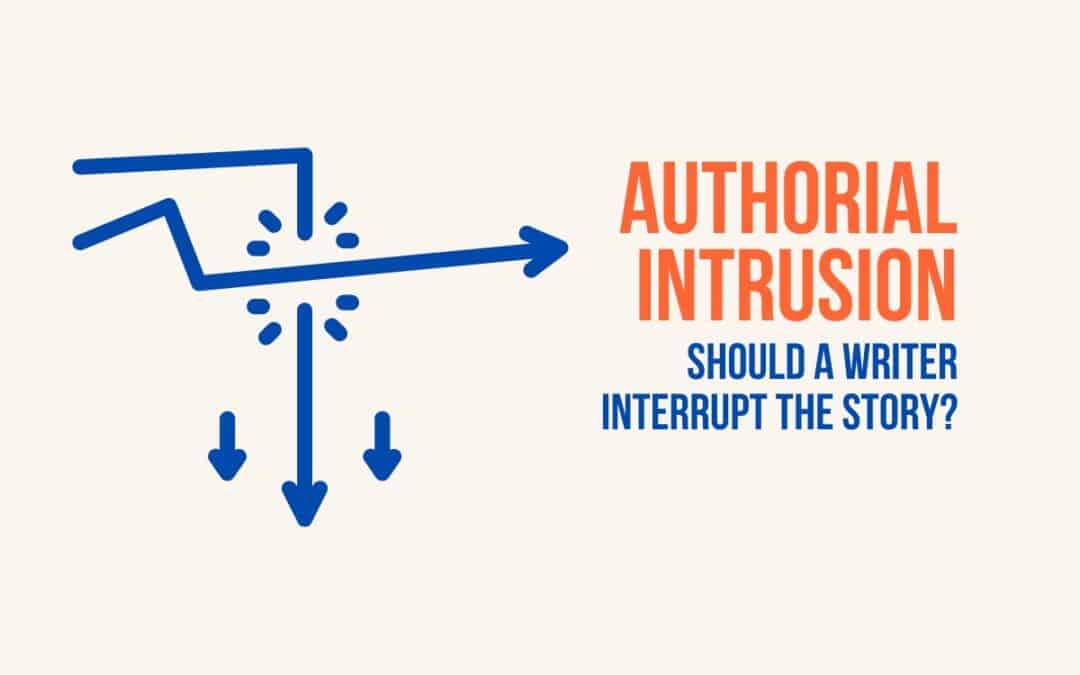
by Liz Bureman |
I love The Princess Bride. I saw the movie before I knew there was a book, but once I found out that a literary form of the story existed, I immediately checked it out from my high school library and devoured it. I found another copy at a clothing swap about two years ago, and it’s been sitting on my bookshelf ever since. I’m due for another reading soon, I think.
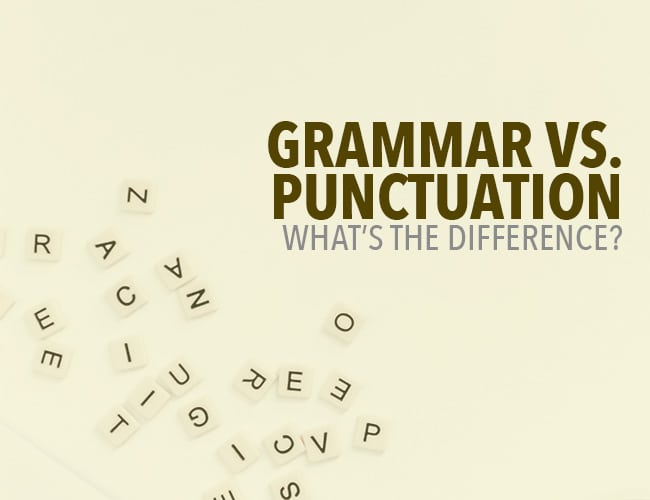
by Alice Sudlow |
What’s the difference between grammar vs punctuation? Why do they matter, or do they matter at all?
And how can you get better at them, even if all the grammar and punctuation rules are a struggle to remember?
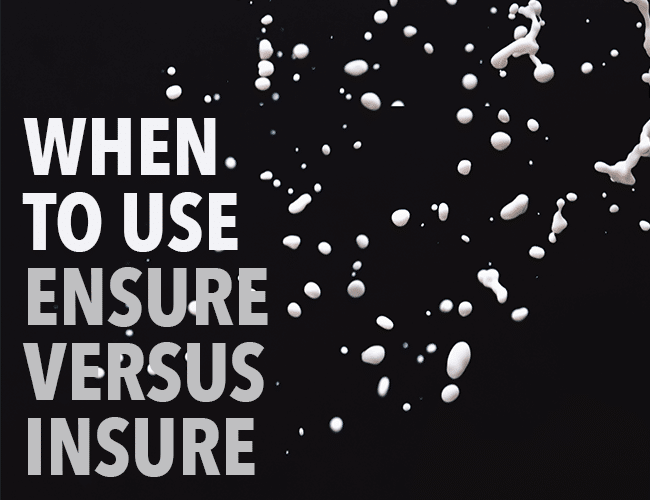
by Liz Bureman |
Both “insure” and “ensure” are verbs. They both derive from the same word meaning “to make sure.” So are they just a spelling variant of the same word?
No. The context can help clarify the difference between insure and ensure and the more distinct meanings for each.
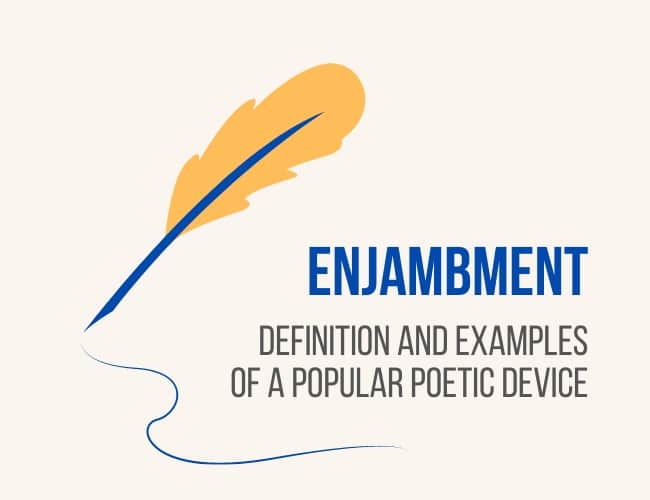
by Liz Bureman |
I love new words. I always get really excited whenever I learn a new word, and I try to use it as often as is applicable in my daily life. Sometimes this is harder to do than I’d like. However, this is a writing blog, and the word I learned today is a writing word. Congratulations, you get to learn about enjambments.





